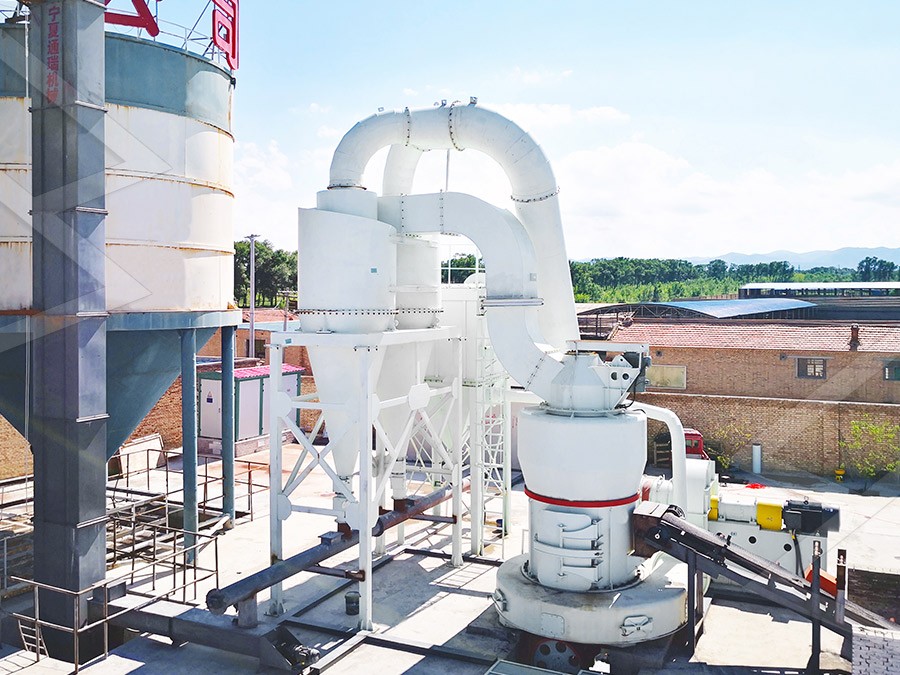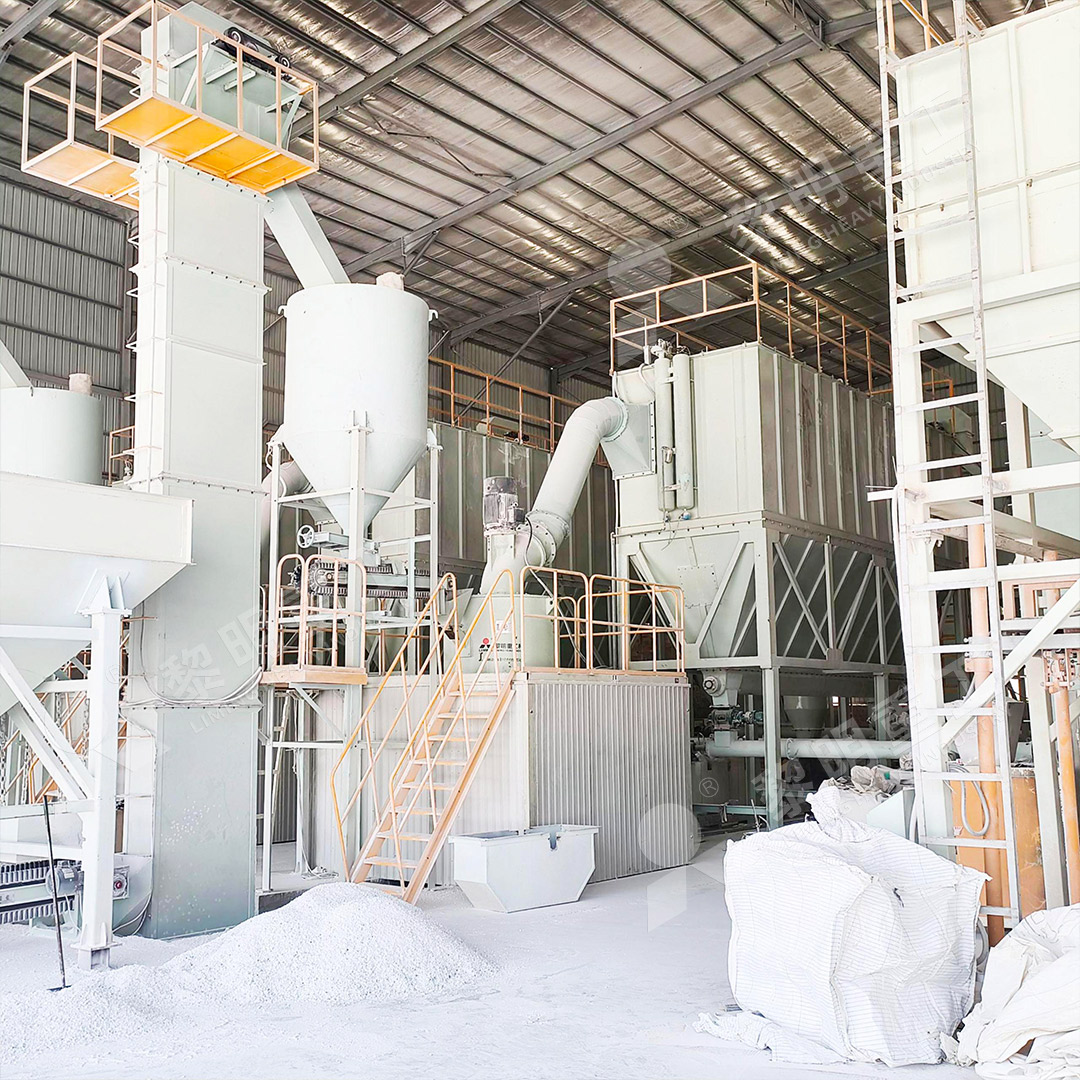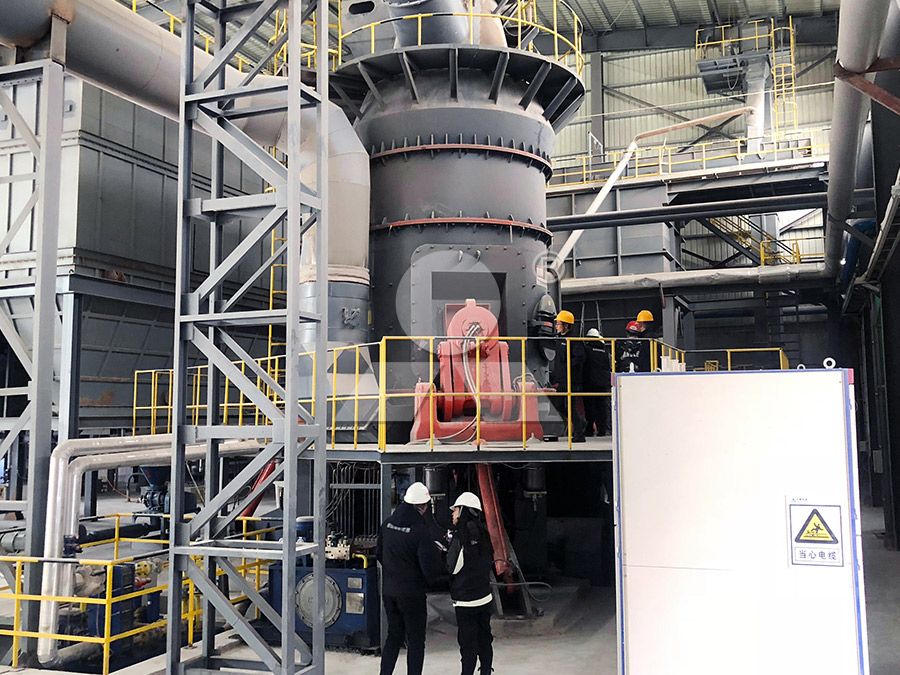Wollastonite Vertical Mill: Grinding Machine for Industrial Applications
Wollastonite Vertical Mill: Grinding Machine for Industrial Applications
In the realm of industrial mineral processing, wollastonite stands out as a versatile material with applications spanning ceramics, plastics, paints, and construction. This calcium inosilicate mineral demands precise grinding to unlock its full potential, particularly when aiming for ultra-fine powders that enhance product performance. The quest for efficiency, consistency, and environmental responsibility in wollastonite processing has led to the ascendancy of vertical grinding mills as the preferred technology.

The Technical Demands of Wollastonite Processing
Wollastonite’s needle-like crystal structure and varying hardness present unique challenges in comminution. Traditional grinding systems often struggle with maintaining particle morphology while achieving the desired fineness. The ideal milling solution must preserve the mineral’s acicular characteristics, which contribute significantly to its reinforcement properties in composite materials. Furthermore, contamination from grinding media must be minimized to maintain the mineral’s bright white coloration and chemical purity.
Vertical grinding technology addresses these challenges through its unique grinding mechanism. Unlike conventional ball mills that rely on impact and attrition through tumbling media, vertical mills employ a bed-compression principle where material is ground between a rotating table and stationary rollers. This method generates less heat, reduces overgrinding, and better preserves particle structure.
Advanced Mill Technology for Superior Results
Among the sophisticated solutions available, our MW Ultrafine Grinding Mill represents a significant advancement for wollastonite processing. Engineered specifically for ultra-fine powder production, this machine achieves remarkable fineness ranging from 325 to 2500 meshes with screening rates achieving d97≤5μm in a single pass. The mill’s innovative design eliminates rolling bearings and screws within the grinding chamber, eliminating concerns about bearing damage or loose screws causing operational failures.
The MW Ultrafine Grinding Mill demonstrates exceptional efficiency, delivering production capacity 40% higher than jet mills and stirred mills at equivalent fineness and power consumption. When compared to traditional ball mills, the yield doubles while system energy consumption drops to just 30% of jet mill requirements. With an input size capability of 0-20 mm and throughput ranging from 0.5 to 25 tph, this equipment adapts to various production scales while maintaining consistent output quality.

Environmental and Operational Advantages
Modern industrial operations must balance productivity with environmental stewardship. The integrated pulse dust collector and muffler system in the MW Ultrafine Grinding Mill effectively contains particulate matter and reduces noise emissions, ensuring compliance with stringent environmental standards. The external lubrication system enables maintenance without production stoppages, supporting continuous 24-hour operation that maximizes asset utilization.
For operations requiring slightly different parameters, our LUM Ultrafine Vertical Grinding Mill offers complementary capabilities with its input size of 0-10 mm and capacity of 5-18 tph. This mill incorporates the latest grinding roller technology from Taiwan and German powder separating technology, creating an optimal solution for superfine dry powder production of non-metallic ores.
Application-Specific Considerations
The selection between vertical mill configurations depends on specific product requirements and existing infrastructure. For wollastonite destined for polymer composites, where aspect ratio preservation is critical, the gentle grinding action of vertical mills proves particularly advantageous. In paint and coating applications, where brightness and consistent particle size distribution are paramount, the precise classification systems of these mills deliver superior results compared to alternative technologies.

Operational experience across multiple industries confirms that vertical grinding mills provide the most cost-effective solution for high-value mineral processing. Their compact footprint reduces facility requirements, while their energy efficiency translates to significantly lower operating costs over the equipment lifecycle. The digitalized processing and high-precision manufacturing of these mills ensure reliable performance with minimal unexpected downtime.
Frequently Asked Questions
What makes vertical mills particularly suitable for wollastonite grinding?
Vertical mills employ a bed-compression grinding principle that better preserves wollastonite’s acicular particle structure compared to impact-based milling systems. The controlled grinding environment minimizes heat generation and overgrinding, maintaining the mineral’s reinforcing properties in composite applications.
How does the MW Ultrafine Grinding Mill achieve such high energy efficiency?
The MW Mill incorporates newly designed grinding curves for the roller and ring that optimize material contact and pressure distribution. This design, coupled with an advanced cage-type powder selector, reduces energy waste while maintaining high throughput. The system consumes only 30% of the energy required by jet mills for equivalent output.
What environmental features are integrated into these grinding systems?
Our vertical mills include efficient pulse dust collectors that prevent particulate emissions, along with silencers and noise elimination rooms that reduce operational noise. The entirely closed system operates under negative pressure, ensuring no dust escape while meeting national environmental protection standards.
How does the maintenance requirement compare to traditional ball mills?
The absence of rolling bearings and screws in the grinding chamber eliminates common failure points. The external lubrication system allows maintenance without shutdowns, and the reversible structure on certain models facilitates easy access to grinding components, significantly reducing maintenance time and costs.
What particle size distribution can be achieved with the MW Ultrafine Grinding Mill?
The mill produces powders with fineness adjustable between 325-2500 meshes, with the capability to achieve d97≤5μm in a single pass. The multi-head cage-type powder selector can be configured according to specific yield, fineness, and sieving rate requirements.
